Pet Eye Health 101: Recognizing, Treating, and Preventing Common Eye Problems in Cats and Dogs
Ever had your dog give you the squint? Not the “I’m judging you for skipping my walk” squint, but the real, suspicious “something feels weird in my eyeball” squint? Or maybe your cat’s eye suddenly looks goopy, red, watery, or half-covered by the inner eyelid. Eye issues in pets can be sneaky, sometimes subtle, and other times downright alarming. Knowing what’s normal, what’s not, and when to act can make a big difference in your pet’s comfort and vision.
Eye Issues in Pets: What’s Going On?
Our pets can’t tell us when something feels off, so they communicate in other ways- squinting, rubbing their face, blinking excessively, or avoiding light. Eye problems in dogs and cats are fairly common and can range from minor irritations to true emergencies that require immediate attention.
Some eye conditions develop quickly and progress in a matter of hours. Others start small but worsen over days or weeks. Understanding the signs is the first step in getting your pet the right care at the right time.
Common Signs of Eye Problems in Cats and Dogs
If your pet is showing any of these signs, schedule an exam before symptoms worsen:
- Redness or swelling around the eyes
- Squinting or excessive blinking
- Pawing at the face or rubbing against furniture
- Discharge (clear, yellow, green, or brown)
- Cloudiness or changes in eye color
- Bulging or sunken appearance
- Sudden vision changes (bumping into things, disorientation)
Even subtle changes matter. A little tearing today could be the start of a corneal ulcer, infection, or other condition that needs prompt attention.
Understanding What Could Be Behind It
Eye problems have many possible causes- ranging from allergies to trauma to inherited conditions. Here are some of the most common issues we see:
1. Conjunctivitis
Conjunctivitis causes inflammation of the tissue around the eye. It can be triggered by viruses, bacteria, allergies, or irritants. It’s uncomfortable, contagious in some cases, and needs treatment to prevent complications.
2. Corneal Ulcers
These are open sores on the clear surface of the eye, often from injury, infection, or rubbing due to eyelid disorders. They can be extremely painful and worsen quickly. Read this corneal ulcer guide to learn more.
3. Cataracts vs. Nuclear Sclerosis
Both cause cloudiness, but they aren’t the same. Cataracts interfere with vision and may need surgery, while nuclear sclerosis is a normal aging change and usually harmless. Learn more from the American College of Veterinary Ophthalmologists.
4. Glaucoma
Painful and progressive, glaucoma damages the optic nerve and can cause permanent blindness if not treated quickly. Early diagnosis is key.
5. Pannus
A chronic condition affecting the cornea, often seen in German Shepherds and similar breeds, especially in sunny environments or high elevations. Learn more from Colorado State University.
6. Lens Luxation
When the lens slips out of place, it causes pain, inflammation, and potential vision loss. This can happen traumatically- such as from a blow to the head- or from inherited weakness in the eye’s supporting structures.
7. Cherry Eye & Eyelid Disorders
Cherry eye is a prolapse of the third eyelid gland, appearing as a red, swollen mass in the corner of the eye. It often requires surgical correction to restore tear function. Other eyelid issues, such as tumors or inflammation, can also cause discomfort and vision problems.
8. Entropion & Ectropion
In entropion, the eyelid rolls inward, causing lashes to scrape the cornea- a painful condition common in breeds with loose facial skin like Shar-peis, Bulldogs, and Great Danes.
Ectropion is the opposite problem: the eyelid droops outward, exposing the inner lid to irritation, dryness, and infection. Breeds like Bloodhounds and Cocker Spaniels are prone to this condition.
9. Metabolic Issues
Certain systemic conditions can cause sudden or progressive vision loss. Sudden Acquired Retinal Degeneration Syndrome (SARDS) leads to rapid blindness without visible eye changes. Diabetes can trigger cataract formation, especially in dogs.
10. Foxtails and Foreign Bodies
Plant awns (foxtails) and debris can lodge in the eye, under the eyelid, or in the tear ducts, causing intense irritation, redness, and infection risk. They can also migrate deeper into the tissues, making them difficult to find and remove. Prompt removal is critical to prevent corneal damage and secondary complications.
When Eye Problems Are an Emergency
Some eye issues can wait for a regular appointment. Others require urgent attention.
Seek emergency care immediately if you see:
- Sudden blindness or disorientation
- Profuse bleeding
- Severe swelling or bulging of the eye
- Sudden pupil changes
- Trauma to the eye (scratches, punctures, or foreign bodies)
For more information, check out this guide to ocular emergencies and call us right away. It’s important to prevent your pet from further traumatizing their eye- put on a cone, and keep them from rubbing their eye.
Diagnosis: What Happens at the Vet’s Office?
At Animal Hospital at Hillshore, we use advanced diagnostics to get to the root of the problem. Our diagnostic services for eye concerns may include:
- Fluorescein staining to detect scratches or ulcers on the cornea
- Schirmer Tear Testing to check for tear production
- Tonometry to measure intraocular pressure and screen for glaucoma
- In-house bloodwork to check for systemic causes of eye disease
- Digital imaging to evaluate deeper structures when needed
These tools help us create a treatment plan tailored to your pet’s specific condition.
Treatment Options: Tailored and Thoughtful
Most eye conditions are highly treatable if caught early. Depending on your pet’s diagnosis, treatment may include:
- Medicated eye drops or ointments
- Oral medications to address infection, inflammation, or pain
- Surgery for structural issues such as cherry eye, entropion, foreign objects, or cataracts
- Long-term monitoring for chronic conditions
If you need help giving your pet eye medication, this step-by-step Cornell guide makes it easier. More complex eye problems may benefit from referral to an ophthalmology specialist for advanced treatments, like cataract surgery.
Vision Loss in Pets: What If It’s Permanent?
In some cases, vision loss cannot be reversed. But cats and dogs adapt incredibly well- often better than their human families expect. Cats use memory and whisker sensitivity, while dogs rely on scent and hearing to navigate confidently. There are a lot of ways you can help your blind pet– we’d recommend not to rearrange your furniture and make sure your pet stays indoors, on leash, or in fenced areas at all times.
Why Choose Us for Your Pet’s Eye Care?
At Animal Hospital at Hillshore, we combine advanced medicine with a compassionate, low-stress approach. We know eye issues can feel urgent and worrying, and we make sure you’re supported and informed every step of the way.
From routine exams to specialized surgeries, you’ll find expert care under one roof with a team that truly cares about your pet’s comfort and long-term health.
Let’s Keep an Eye on Things- Literally
If your pet is squinting, has redness or discharge, or just seems “off,” don’t wait. Eye conditions can change quickly- but so can we.
Call us at (608) 238-3139 or book an appointment online so we can help keep those eyes healthy and bright.

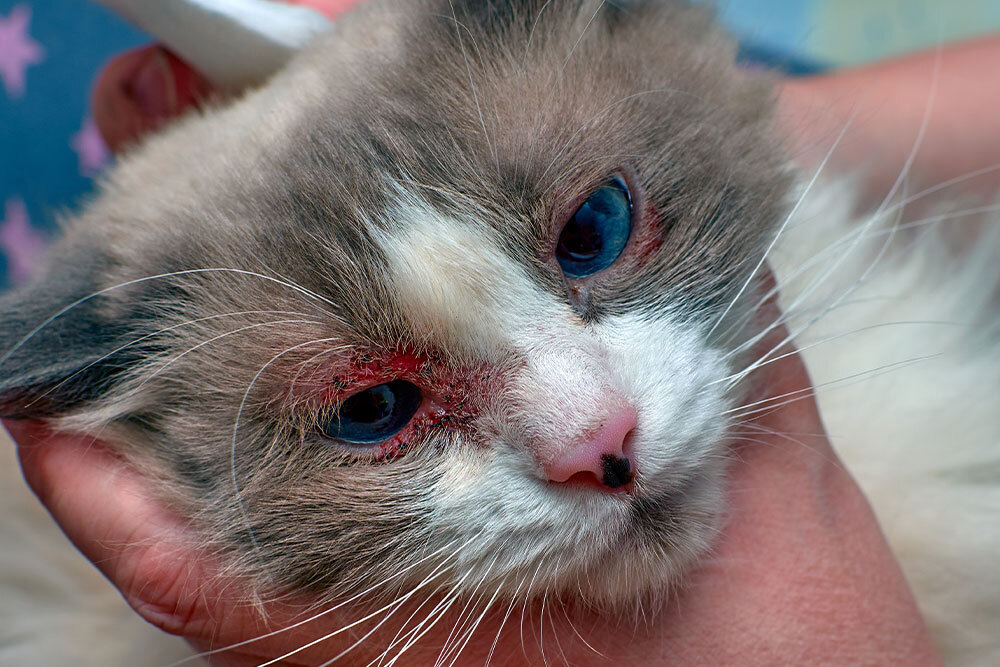
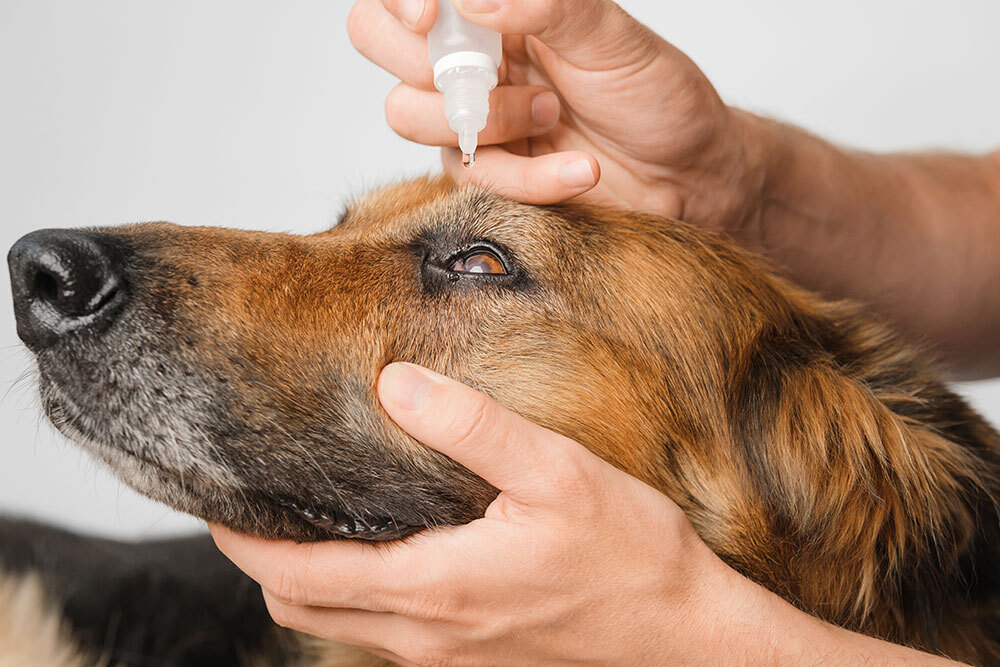
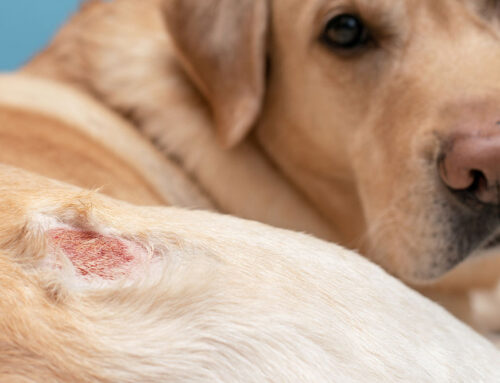
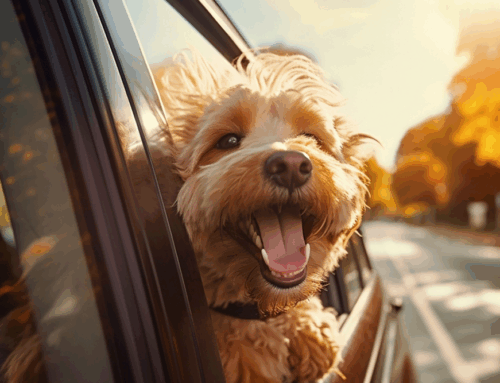
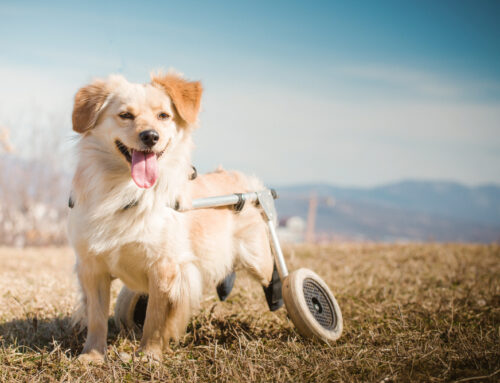

Leave A Comment